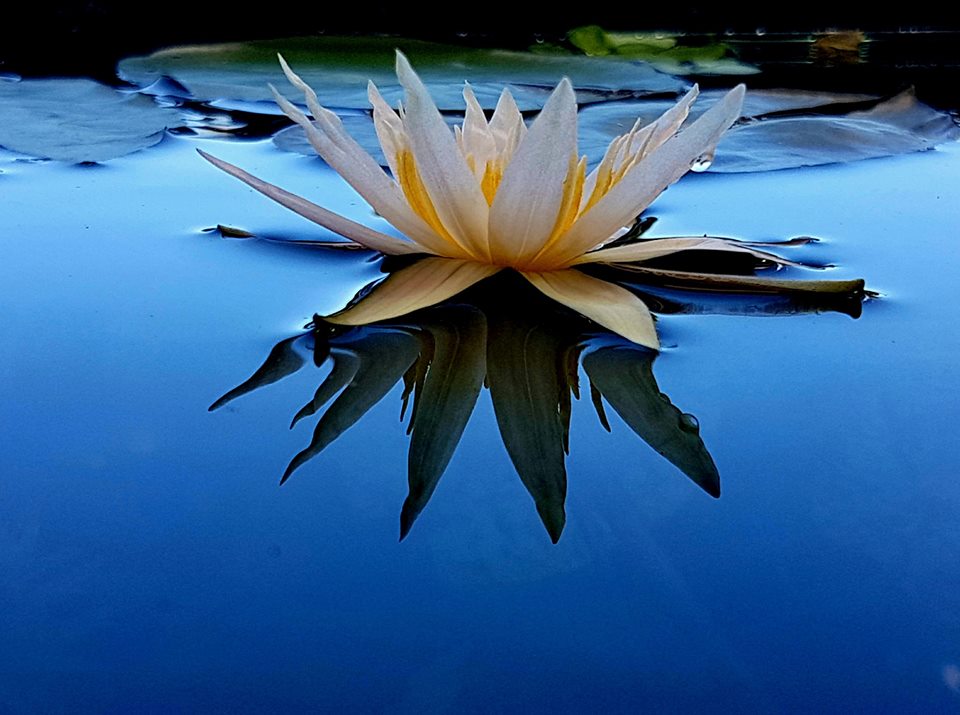New (2005) from Madagascar. Smallest water lily yet.
"This specimen here I collected in 2006 on the East coast of Madagascar. I propagated it through seeds. All offsprings in aquaristics - at least in Europe - descend from this plant. The species was discovered a few years earlier by American botanists and described 2006. Today this species is mainly propagated in large quantities in a Hungarian nursery and is occasionally available. This is a positive experience of a collection, to permanently conserve a very locally distributed and endangered species." - Christel Kasselmann, Berlin, 2021
"A new species of waterlily, Nymphaea minuta, is described from Madagascar. It is closely related to N. stellata Willd. but displays a characteristic combination of morphological characters and two growth forms inits life history. The undersurfaces of the leaves are muddy-gray to brownish-violet in color, a unique feature of the taxon.
Nymphaea minuta innature is a dwarf with small, submerged, cleistogamous flowers. In cultivation, it exhibits two distinct growth forms: a submerged form and an emergent form with floating leaves and larger, emergent, chasmogamous flowers."
From:
"A NEW SPECIES OF WATERLILY
( NYMPHAEA MINUTA: NYMPHAEACEAE) FROM MADAGASCAR
Kenneth Landon Richard A. Edwards and P. Ivan Nozaic
http://www.jstor.org/stable/41969055





